This is a preprint.
Cell type-specific gene expression dynamics during human brain maturation
- PMID: 37808657
- PMCID: PMC10557738
- DOI: 10.1101/2023.09.29.560114
Cell type-specific gene expression dynamics during human brain maturation
Update in
-
A temporal cortex cell atlas highlights gene expression dynamics during human brain maturation.Nat Genet. 2024 Dec;56(12):2718-2730. doi: 10.1038/s41588-024-01990-6. Epub 2024 Nov 20. Nat Genet. 2024. PMID: 39567748 Free PMC article.
Abstract
The human brain undergoes protracted post-natal maturation, guided by dynamic changes in gene expression. Most studies exploring these processes have used bulk tissue analyses, which mask cell type-specific gene expression dynamics. Here, using single nucleus (sn)RNA-seq on temporal lobe tissue, including samples of African ancestry, we build a joint paediatric and adult atlas of 75 cell subtypes, which we verify with spatial transcriptomics. We explore the differences between paediatric and adult cell types, revealing the genes and pathways that change during brain maturation. Our results highlight excitatory neuron subtypes, including the LTK and FREM subtypes, that show elevated expression of genes associated with cognition and synaptic plasticity in paediatric tissue. The new resources we present here improve our understanding of the brain during its development and contribute to global efforts to build an inclusive brain cell map.
Figures


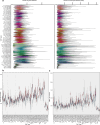

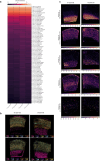
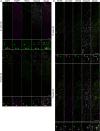
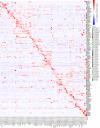


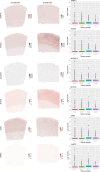




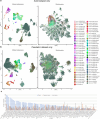
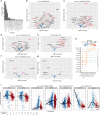

References
Publication types
Grants and funding
LinkOut - more resources
Full Text Sources
